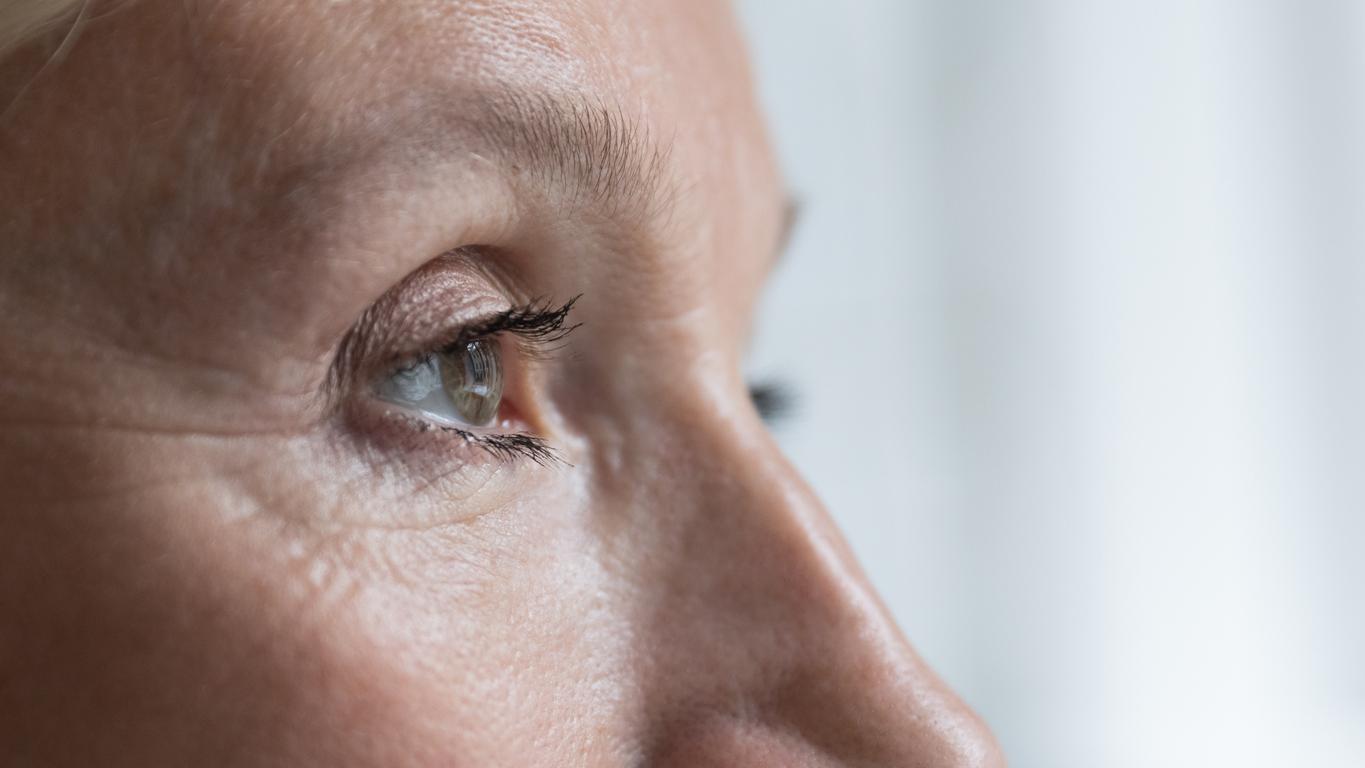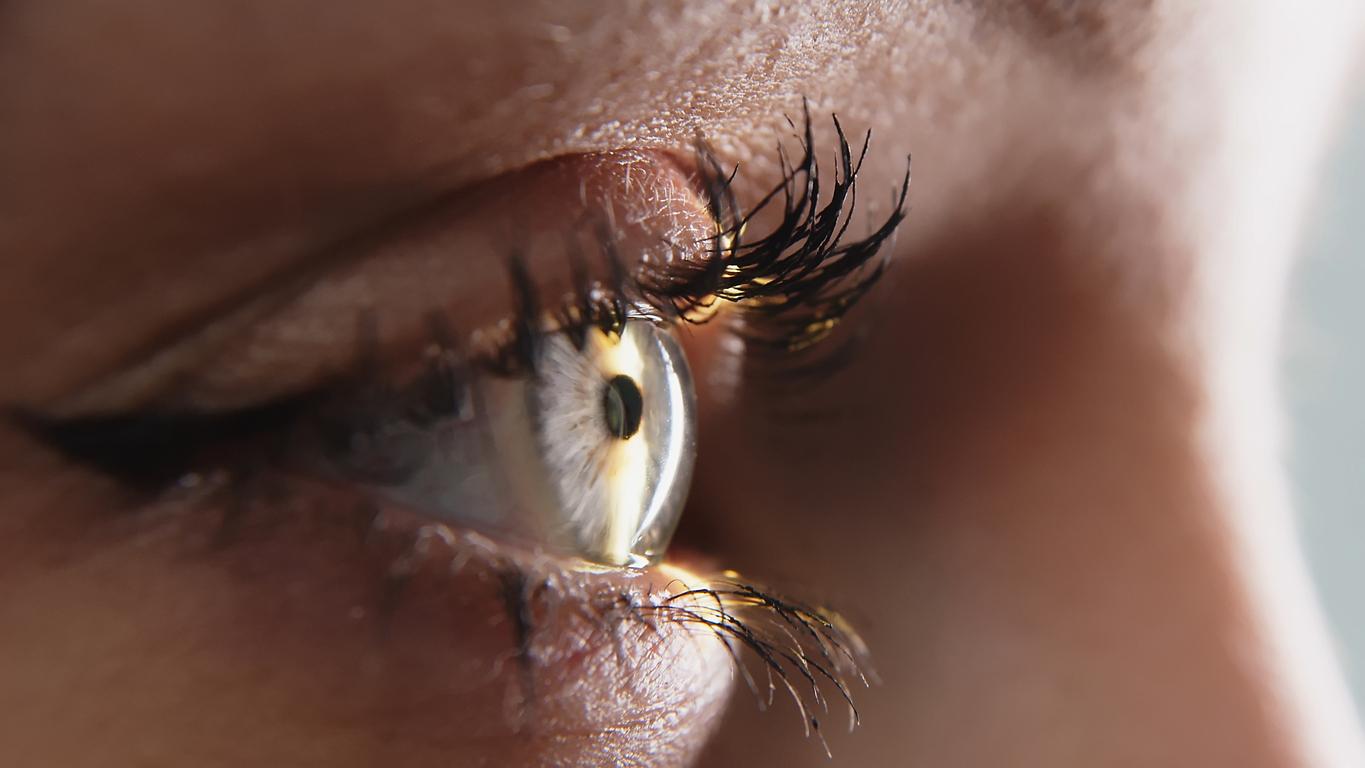Glaucoma is a chronic eye disease that is initially silent, meaning people with the condition have no signs or pain, but there are some symptoms and risk factors to watch out for.

- Glaucoma is a chronic eye disease caused by damage to the optic nerve.
- At first, this pathology is often silent.
- From the age of 40, it is recommended to regularly consult an ophthalmologist for routine checks.
In France, around 800,000 people are treated for glaucoma, according to the National Institute of Health and Medical Research (Inserm). It’s about a chronic eye disease due to damage to the optic nerve. These are mainly caused by too much pressure inside the eye.
Glaucoma, a disease without pain at first
Glaucoma often develops without pain or other signs, making it difficult to diagnose. A recent study carried out at the University of Gothenburg in Sweden shows that half of people aged 70 with glaucoma were unaware of it. In France, Inserm estimates that 400,000 to 500,000 people are affected without knowing it.
If the disease is often silent, health insurance notes that several symptoms can be indicative of already advanced glaucoma :
- pain in the eyes ;
- episodic visual fog ;
- decreased vision, particularly on the sides.
If you – or someone you know – suffers from one of these disorders, you should consult an ophthalmologist quickly.
Furthermore, certain behaviors can also reveal signs of visual impairment. As vision gradually diminishes without the patient realizing it, he adapts his habits. So, if a loved one adopts the following behaviors, also encourage them to make an appointment:
- do fewer activities;
- move closer to the television to watch it, or even stop watching it at all;
- look straight ahead while turning your head sideways;
- no longer read or cook;
- not being able to find an object;
- if the sun easily dazzles it outside;
- if the person, indoors, prefers darkness;
- conversely, if it needs a lot of light for close-up activity.
Glaucoma: risk factors to monitor
Health Insurance recommends regularly consulting an ophthalmologist from the age of forty.
In addition, it is important to have follow-up when you have certain risk factors for glaucoma such as a family predisposition, myopia, eye problems (surgical retinal detachment, uveitis, ocular trauma, ocular malformation)black skin, long-term use of corticosteroids.
The goal is to detect glaucoma as early as possible because this disease can lead to blindness if left untreated.


















